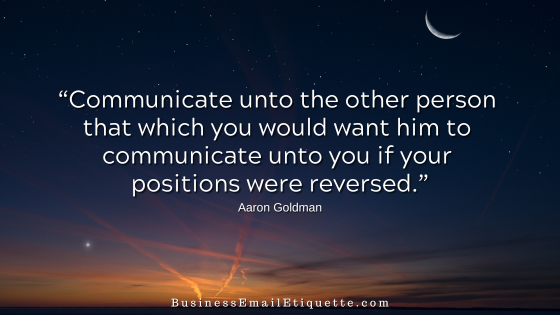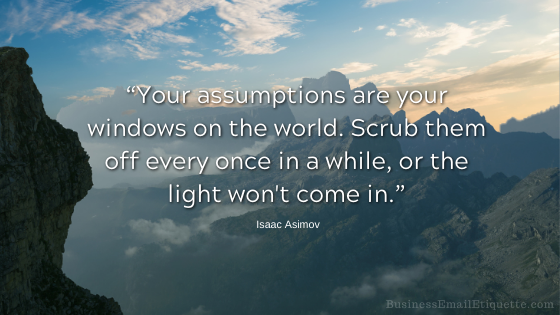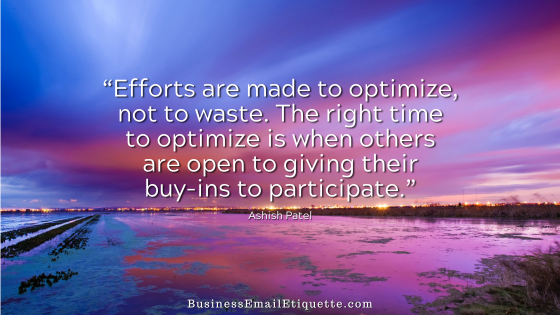Respect Your Business Contact’s Time: Email Tips and Considerations

Your email habits will provide a window into how you run your business. A successful business includes a healthy dose of efficiency, critical to growing and nurturing relationships and new opportunities.
Respect Breads Respect
Making certain efforts accomplishes this and shows that you do, in fact, respect and value the time of those with whom you communicate, which makes people want to do business with you.
This week, I had one client’s email thread go beyond 20 emails, all on the same subject. Much of this was due to sending one thought at a time instead of providing all the information they were seeking answers to from the start.
Respecting a business contact’s time in email communications is crucial for maintaining professionalism and fostering effective relationships. This article will cover what you can do to ensure your emails are considerate of their time.
By implementing these tips, you can ensure your email communications are efficient, respectful, and professional, ultimately fostering better business relationships.
Be Concise
Take the time to gather your thoughts before emailing and clicking Send. You want to do your best to ensure that you can convey your message in one concise email.
I often see business online users sending off one-sentence thoughts, followed by another, then another, then another, then another, then another, then another, then another, then another, then another, then another, then another, then another,
Is that how you run your business? One random thought at the time? Instead, plan and strategize.
Be Thorough
Do your best to provide the details you believe the other side will need. It certainly doesn’t build confidence to type a one-liner email and then communicate a clarifying message a moment later. All because you didn’t think the entire topic through.
It doesn’t lend to the perception that you run a ship-shape-shop, does it? It makes one wonder what else you may be possibly winging.
Disorganized
A willy-nilly communication style reflects an inability to organize your communications. Unorganized businesses make doing business with them more difficult, which can cost more. Who gravitates toward that?
Tips to Reflect Efficiency in Business Email Communications
Organization Matters — A Lot
Communicating with you becomes a chore when you bombard the other side with unorganized blurbs. Your goal should be the exact opposite.
It benefits all sides to take the time to ensure smooth communications with the fewest emails possible. By being diligent, detailed, and thoughtful, you will avoid the negative perception of your organizational and communication abilities.
This additional time will help avoid unnecessary emails and misunderstandings. However, it will also involve more work, emails, and effort.
Cover All the Bases
When you send requests to others, think the whole topic through to ensure you send one email covering all the bases as much as possible.
There will always be questions and requests for additional information; however, when you do your best to anticipate that as much as possible, you show that you are an easy and reliable contact.
You’ll display respect for the other side’s time, which will be most certainly appreciated. As an added benefit, you can organize your own emails better—because there will be fewer of them.






